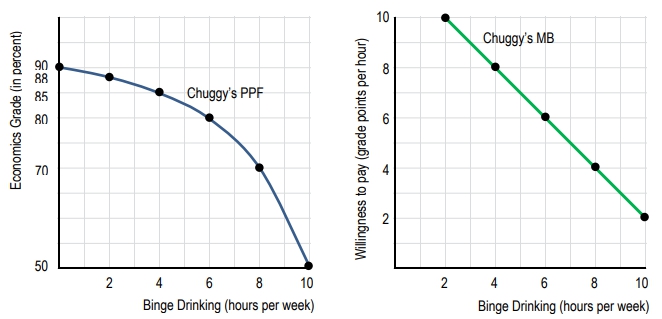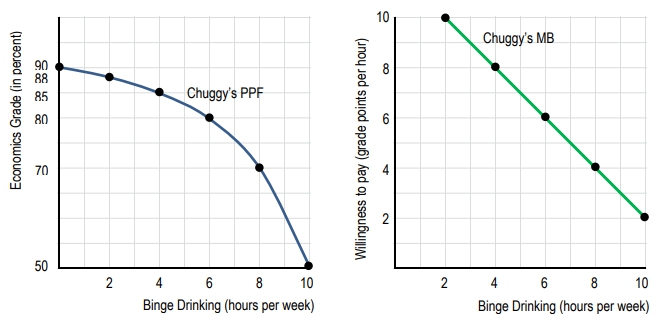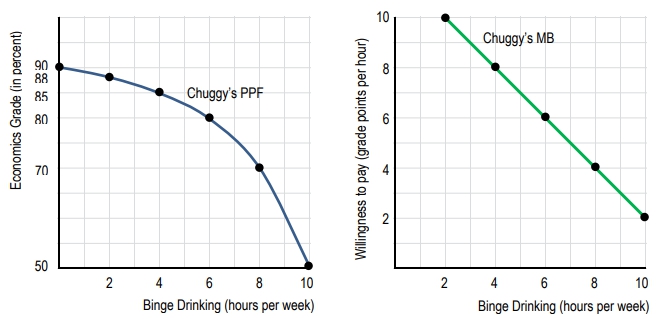In the context of production and economics, the concept of increasing marginal opportunity costs is illustrated through a graph that depicts the trade-off between two goods, such as craft beer and soy cheese pizza. This graph typically has a bowed-outward shape, indicating that as the production of one good increases, the cost of producing additional units of that good rises. This phenomenon occurs because resources are not perfectly adaptable for the production of both goods, leading to inefficiencies as production shifts from one good to another.
To understand this concept, consider the production of soy cheese pizza. When the production starts at zero pizzas, the opportunity cost of producing the first pizza is relatively low. For instance, if starting with 15 craft beers, producing the first pizza may only require sacrificing 1 beer, leaving 14 beers. This initial marginal cost is minimal. However, as more pizzas are produced, the marginal cost increases. For the second pizza, the production may drop from 14 beers to 12 beers, resulting in a marginal cost of 2 beers. This trend continues, with the marginal cost for each subsequent pizza increasing: 3 beers for the third pizza, 4 beers for the fourth, and 5 beers for the fifth pizza.
This pattern of increasing marginal opportunity costs highlights a fundamental principle in economics: the more of one good that is produced, the greater the amount of the other good that must be sacrificed. This relationship is crucial for understanding resource allocation and the efficiency of production in any economy. The concept can also be applied in reverse; as one seeks to produce more of the other good (craft beer, in this case), the opportunity cost of giving up pizzas will similarly increase.






